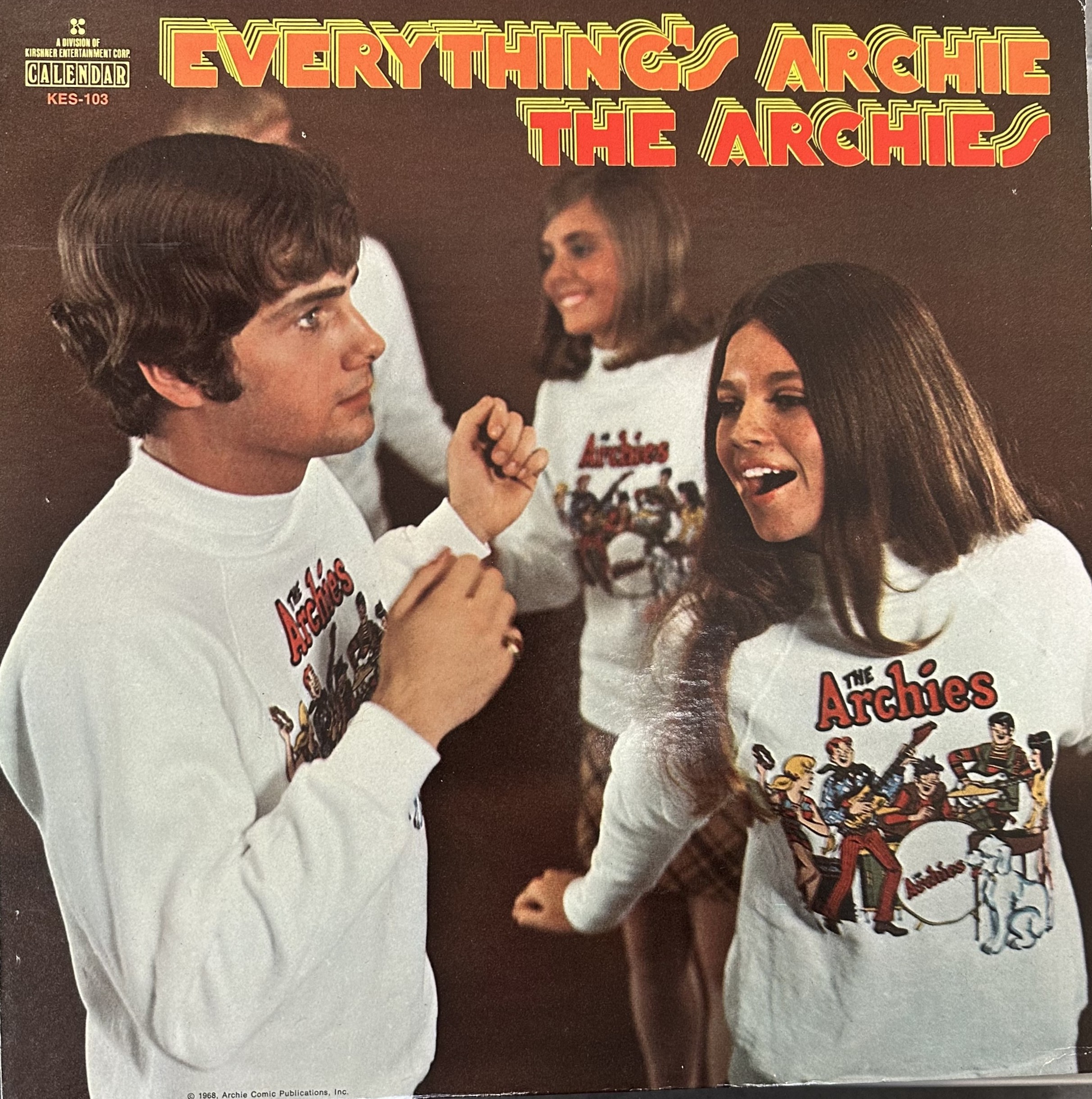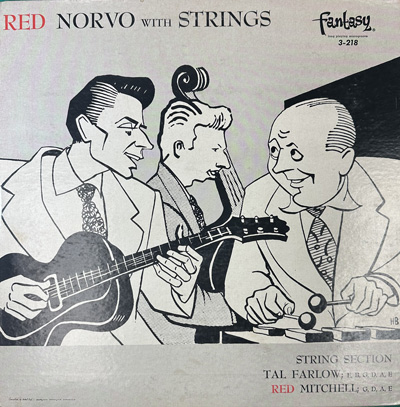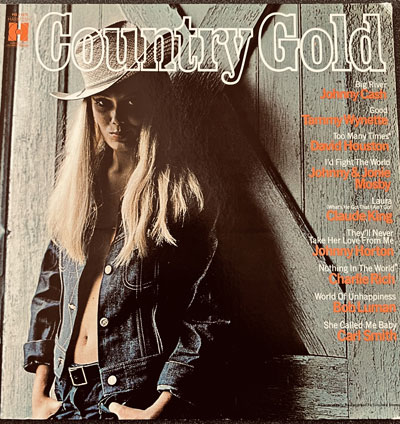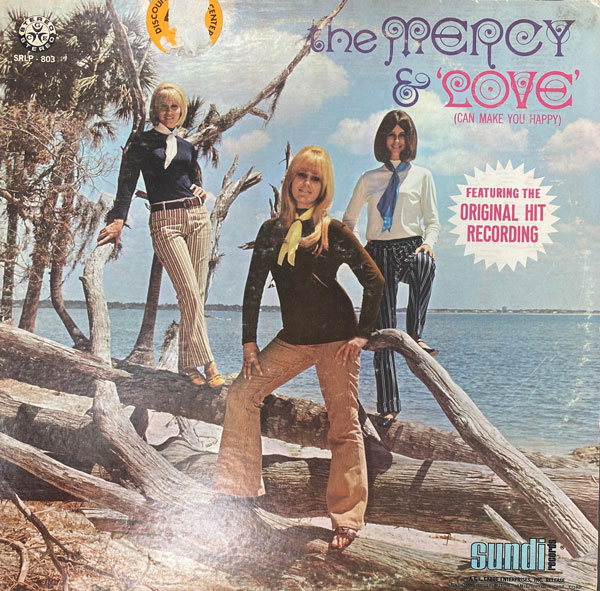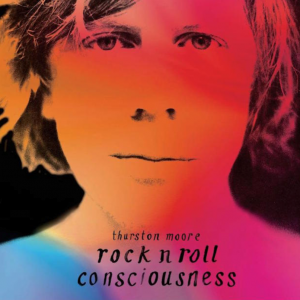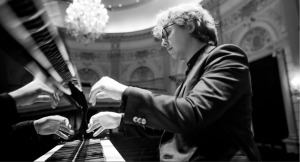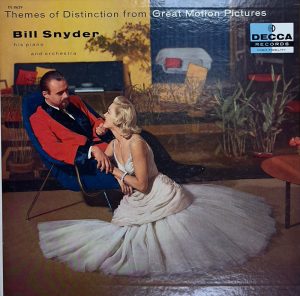For most audiophiles the word "calypso" conjures up one musical artist, and that person is Harry Belafonte. Belafonte was a 50's era phenomenon whose popularity bled into the 60s. His brand of beefed-up and polished calypso was essentially the closest thing to rock and roll for people who couldn’t embrace something as "dangerous" as Elvis Presley or Buddy Holly. My problem with Belafonte was his lack of musical authenticity, and his mediocre voice. One of the perks of my obsessive record-collecting hobby is that I’ve heard authentic 50s era calypso records, the kind that were only recorded by small independent record labels. This kind of calypso sounds nothing like the brassy big-production music featured on Belafonte At Carnegie Hall. The folky calypso music from artists like Blind Blake, Percy Dixon, and today’s subject, the Talbot Brothers, is different from anything RCA ever issued under Belafonte’s banner.
According to publicly available information, the Talbot Brothers, from Bermuda, were the most popular calypso group in the world. The Talbot Brothers were five real brothers, and one cousin. Their musicianship was tight, their vocals were tuneful, and Roy Talbot played one of the most unusual instruments I’ve ever seen. It’s a one string bass that was made from a meat packing crate, affectionately called the "Bermudavarius." I’m also impressed with Archie Talbot’s lead vocals.
I own two albums by the Talbot Brothers. My favorite of the two is the 12" Bermuda Calypso Party Volume 3 (Audio Fidelity AFLP 1807). The other title is a 10" record called Dedicated To You (Bermuda LP 100). Both are pressed on very quiet vinyl, and both have excellent sound. The 10" sounds like a really good single-mic home recording, while the 12" LP was clearly recorded in a studio, as the musical colors are more saturated, and the bass is much better.
I like to open Bermuda Calypso Party Volume 3 with side one cut two, "Wine and Malina." It’s a simple song with a strong rhythm that’s driven by an enthusiastically strummed acoustic guitar. In simpler words, it just works, and it creates a positive mood for any cut that follows it.
Side two cut one, "Make It Do," is a fun song that deals with the basic needs of a calypso singer: food and women. The guitar playing moves the music forward, the singing is delightful, and Roy’s bass provides a solid foundation. This cut also features a harmonica.
Side two cut four is "Marianne," which is a version of the ever-popular calypso classic made famous by Terry Gilkyson and The Easy Riders, aka "All Day, All Night, Marianne."
Side two cut five is a rearrangement of the classic "The Sheik of Araby." The arrangement is pretty close to Django Reinhardt’s instrumental version. The lyrics are a little more adult than usual, which only adds to the cut’s appeal. For some reason Roy Talbot’s bass is brought to the fore on this cut. There’s no way of knowing if this was merely a raise of a fader, or a repositioning of the mic, but his insanely cool one string bass, also called the "doghouse bass," is front and center for all to hear. If you like bass that’s round and ripe, this bass is nearly overripe!
The last cut on the album is also the album’s strongest cut musically and sonically. It’s a high energy interpretation of Irving Berlin’s "Blue Skies." When it comes to this song I always drift towards Willie Nelson. There are also the classic versions by Frank Sinatra and Bing Crosby. It's worth noting that Archie Talbot sings it just as well as his powerful competition, and the sound of his recorded voice is beyond reproach. His voice is entering the microphone at the perfect distance, and the perfect angle, for perfect sound. Roy’s bass slapping and cousin Cromwell’s accordion are icing on an already perfect cake.
The 10" Dedicated To You is not as sonically opulent as the 12" LP, because it was made on a tighter budget. However, it has a single mic sound that I really like. The bottom end is leaner, and it’s more homogenized, meaning you can’t really hear the plucking of the one-string bass. However, the sound is clean and clear. Musically speaking, it features about 80% of the 12" LP’s charisma. The strong cuts include the ever-relevant "Atomic Nightmare," featuring the words "run run like a son of a gun," and a stunningly good version of Terry Gilkyson’s "Memories Are Made Of This." The singer on this cut is bass player Roy. This won’t be replacing Dean Martin’s recording (featuring Gilkyson) any time in my lifetime, but it’s a great way to close a delightful record. It also features the best sound on the album.
I am so glad that I own two different turntables, because these two LPs need both of them for their best reproduction. The 12" Audio Fidelity LP sounds better on my direct drive Micro Seiki DQ50, which is currently sporting a Hana EH moving coil. The 10" LP sounds much closer to what is obviously right on my belt drive Luxman PD300, which is sporting a Denon DL160 moving coil. A large LP collection deserves more than one turntable, and more than one phono cartridge.








